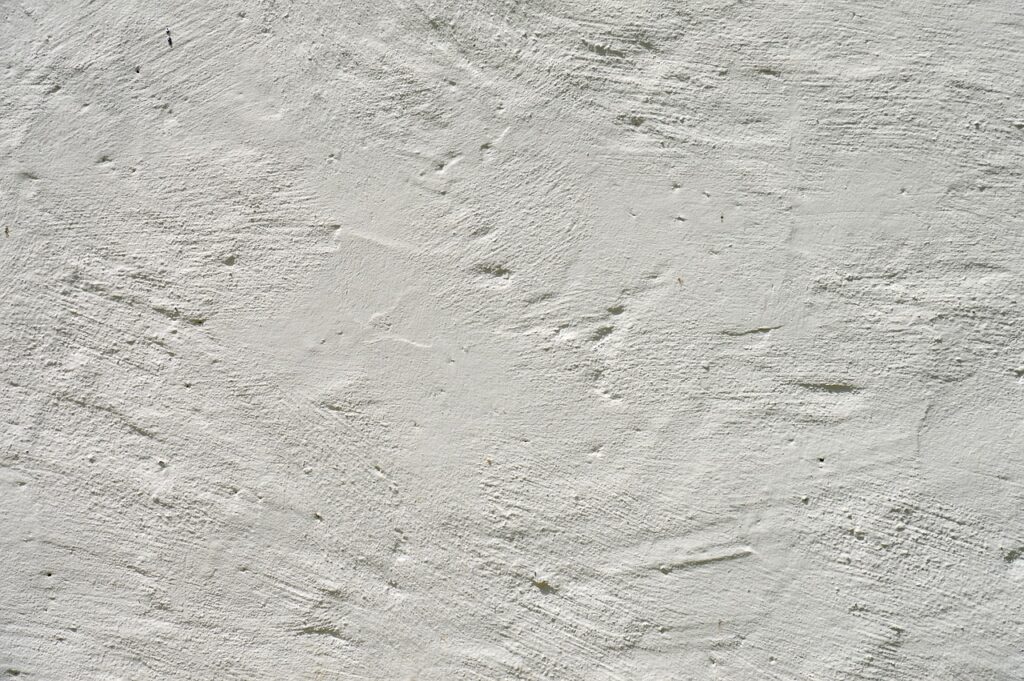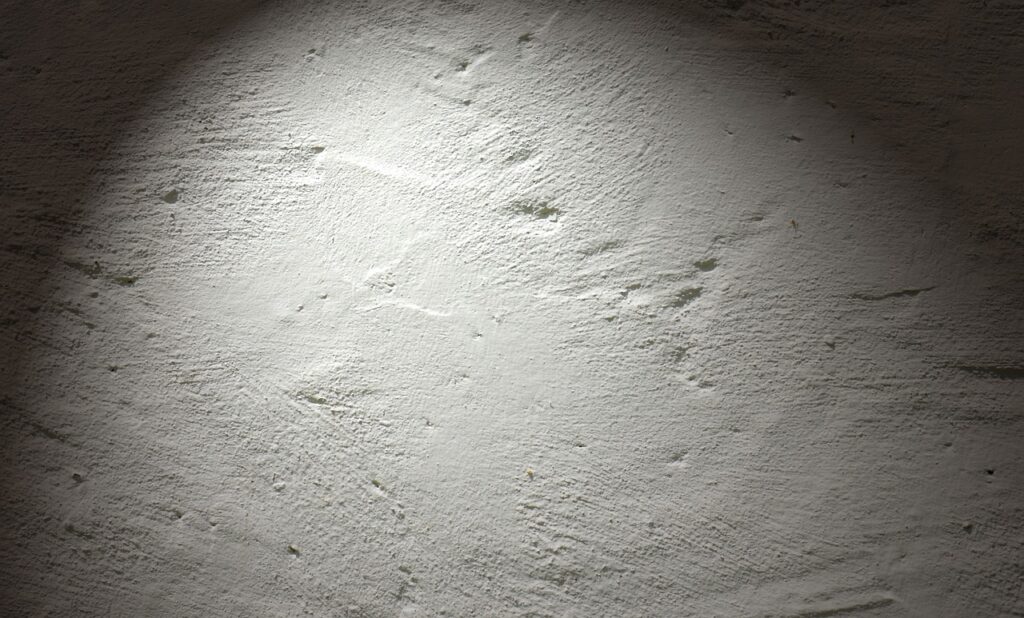Repairing a peeling plaster ceiling may seem daunting, but it can be a manageable DIY project with the right knowledge and preparation. Plastering over a damaged ceiling is easier once you understand the underlying causes and repair process.
This guide will walk you through the steps to effectively repair a peeling plaster ceiling, ensuring that the results last for years.
Let’s get straight to the point.
Repairing a peeling plaster ceiling can be a manageable DIY project if you follow the right steps. Painting over a peeling ceiling without addressing the underlying causes, such as water damage, poor ventilation, or structural issues, will result in a temporary fix.
The repair process includes assessing the damage, removing loose plaster, patching the area, sanding, and finally priming and painting the ceiling. Resolving moisture problems, using quality materials, ensuring proper ventilation, and regularly inspecting the ceiling will prevent future peeling and ensure a long-lasting repair.
What Causes Plaster Ceilings To Peel?
Several factors can contribute to a plaster ceiling peeling. Understanding these causes can help prevent the problem from recurring in the future. Here are the most common reasons for plaster ceiling damage:
1. Water And Moisture Damage
One of the primary causes of peeling plaster is water infiltration. Leaks from the roof, plumbing issues, or high humidity levels can cause plaster to lose its grip and start peeling.
2. Insufficient Preparation Or Application
If plaster is not properly applied or the surface is not adequately cleaned and primed, the ceiling may begin to peel over time. Poor preparation often leads to reduced adhesion, causing the plaster to deteriorate.
3. Structural Movement
Buildings naturally experience movement due to settling, temperature changes, and vibrations. These movements can cause plaster to crack and peel, especially if it has not been applied with flexibility in mind.
4. Excessive Weight Or Pressure
Plaster ceilings can peel under excessive pressure, especially if heavy objects are mounted or hung without proper support. Too much weight can cause the plaster to crack and eventually peel.
5. Age And Deterioration
Over time, plaster can deteriorate due to age and exposure to the elements. Older homes are particularly susceptible to cracking, flaking, and peeling as the plaster weakens.
6. Poor Ventilation
Rooms with insufficient ventilation can trap moisture, weakening the plaster and compromising its structural integrity. Inadequate airflow can also lead to mould growth, which accelerates plaster deterioration.
Step-by-Step Guide To Repairing Peeling Plaster Ceiling
Repairing a peeling plaster ceiling involves a systematic approach to ensure that the issue is resolved efficiently and the repair is durable. Follow these steps to repair your ceiling like a professional.
Step 1: Assess The Damage
Before you begin the repair, it’s important to assess the extent of the damage and identify its cause. This will help you decide what materials and techniques to use.
1.1 Detect The Source Of The Damage
Examine your ceiling for signs of water intrusion, improper installation, or structural movement. Look for damp spots, cracks, or areas where the plaster has flaked off.
1.2 Assess The Extent Of The Damage
Determine whether the peeling is localised or widespread. Are there underlying issues, such as cracks or sagging, that must be addressed? Evaluating the scope of the damage will help you estimate the amount of materials needed for the repair.
1.3 Check The Underlying Structure
Inspect the ceiling’s foundation to ensure stability. Look for cracks in the support beams or gaps between the plaster and lath. Consult a professional contractor if unsure about the ceiling’s structural integrity.
Step 2: Prepare The Area
Proper preparation is key to a successful repair. Follow these steps to get the area ready for plaster repair.
2.1 Gather Tools And Materials
You will need a scraper or putty knife, sandpaper, plaster adhesive, patching compounds, a trowel, painter’s tape, plastic sheets, and safety gear such as safety glasses and a dust mask.
2.2 Protect Furniture And Surroundings
Move as much furniture out of the room as possible. For items that cannot be moved, cover them with plastic sheets or drop cloths to protect them from dust and debris.
2.3 Safety Precautions
Take appropriate safety measures when working on a ceiling, especially with plaster. Wear a dust mask and safety goggles to protect your lungs and eyes from dust particles. Use a sturdy ladder or scaffolding for height safety.

Step 3: Remove Loose Plaster
Removing loose or damaged plaster is essential for creating a solid base for the repair.
3.1 Scrape Away Loose Plaster
Use a scraper or putty knife to remove any peeling or flaking plaster from the ceiling. Start at the edges of the damaged area and work your way inward. Be gentle to avoid damaging the surrounding plaster.
3.2 Clean And Smooth The Surface
After scraping, sand the area with fine-grit sandpaper to smooth the surface. This ensures the new plaster adheres properly and creates a seamless finish.
Step 4: Repair The Ceiling
Now that you have removed the loose plaster, it’s time to repair the ceiling.
4.1 Apply Plaster Adhesive Or Bonding Agent
Apply a plaster adhesive to the exposed ceiling areas to ensure the new plaster adheres securely. Spread the adhesive evenly and allow it to dry according to the manufacturer’s instructions.
4.2 Patch Small Cracks And Holes
Use a patching compound for minor damage, such as small cracks and holes. Fill the gaps and smooth the surface with a trowel, ensuring the compound blends with the plaster.
4.3 Plaster Large Areas
For larger damaged sections, use a plaster patch. Measure and cut the patch to fit the damaged area, apply plaster adhesive to the back and press it into place. Smooth the edges with a trowel to create a seamless transition.
Step 5: Sanding And Smoothing
Once the repair materials have dried, sanding is necessary to create a smooth finish.
5.1 Sand The Repaired Areas
Gently sand the repaired areas with a fine-grit sandpaper. Be careful not to sand too aggressively, as this could damage the fresh plaster.
5.2 Ensure A Smooth Finish
Continue sanding until the patched areas blend seamlessly with the surrounding plaster. Use a damp cloth to wipe away any dust or debris from the surface.
Step 6: Priming And Painting
With the plaster repair complete, it’s time to prime and paint the ceiling.
6.1 Apply Primer
Choose a primer specifically designed for plaster surfaces. Apply the primer to the repaired areas using a brush or roller. Allow the primer to dry completely before proceeding to the next step.
6.2 Paint The Ceiling
Once the primer is dry, apply your chosen paint to the ceiling. Use broad, even strokes to ensure a smooth, uniform finish. For the best results, apply two coats of paint, allowing each coat to dry fully before applying the next.

Preventing Future Peeling
After repairing your plaster ceiling, preventative measures can help avoid future issues. Here are some tips to keep your ceiling in good condition:
1. Address Moisture Problems
Ensure that your roof, plumbing, and ventilation systems are in good condition to prevent water intrusion. Moisture is one of the leading causes of plaster damage.
2. Use High-Quality Materials
Invest in high-quality plaster, adhesive, and paint specifically designed for ceilings. These materials will offer better durability and adhesion.
3. Maintain Proper Ventilation
Adequate airflow helps prevent moisture buildup, which can weaken plaster. Consider installing exhaust fans in areas with high humidity, such as bathrooms and kitchens.
4. Regular Inspections
Periodically check your ceiling for signs of peeling or cracking and address minor issues before they worsen.
5. Control Weight And Pressure
Avoid hanging heavy objects directly from the ceiling without proper support. Excess weight can cause plaster to crack and peel.
6. Manage Temperature And Humidity
Maintain a stable indoor climate to avoid the expansion and contraction of plaster, which can lead to peeling.
Conclusion
Repairing a peeling plaster ceiling is a multi-step process that requires careful assessment, preparation, and attention to detail. Addressing the root cause of the damage is essential for a long-lasting repair. By following the steps outlined in this guide—assessing the damage, removing loose plaster, making repairs, and applying primer and paint—you can restore your ceiling to its former glory. Additionally, taking preventative measures such as addressing moisture problems, using quality materials, and ensuring proper ventilation can help prevent future peeling and extend the life of your plaster ceiling.
FAQs About Plaster Ceilings
How Long Does It Take To Fix A Peeling Plaster Ceiling?
Repairing a peeling plaster ceiling can take several hours to several days, depending on the damage’s extent, area size, and repair method. Small sections may be fixed in a day, but extensive damage requiring detailed work might take days or weeks. Proper assessment and time allocation are key for a thorough, lasting repair.
Can I Repair A Peeling Plaster Ceiling Myself?
Yes, you can repair a peeling plaster ceiling yourself, especially if the damage is minor, like small peeling areas or repainting. Basic DIY skills are often enough for these repairs. However, consulting a professional for extensive damage or uncertain underlying issues is wise. They can offer guidance, use proper techniques, and address any structural causes behind the peeling.
Can I Paint Over A Peeling Plaster Ceiling Without Fixing It?
Painting over a peeling plaster ceiling without addressing the underlying issues is not recommended. Peeling often indicates problems like moisture infiltration or plaster deterioration that need fixing. Ignoring these issues and simply painting over them can lead to further peeling and ongoing problems. To ensure a lasting, attractive finish, properly repair the plaster, resolve any underlying issues, and create a stable surface before repainting.
Is It Necessary To Hire A Professional For Plaster Ceiling Repairs?
Hiring a professional for plaster ceiling repairs isn’t always necessary but can be helpful in specific cases. Homeowners with DIY skills can handle minor cracks or small peeling areas, but extensive damage, unknown causes, or structural issues warrant consulting a professional. Professionals bring expertise to accurately assess and repair damage, address hidden issues, and ensure safe, high-quality results. This can save time and effort and prevent costly errors, especially if specialised techniques are required.
Can I Use Any Paint For My Plaster Ceiling?
It’s important to choose a paint that is suitable for plaster surfaces. Look for paints specifically for plaster or masonry, as they offer better adhesion and durability. Avoid using paints not designed for plaster, as they may not adhere properly and could lead to peeling or other issues.

